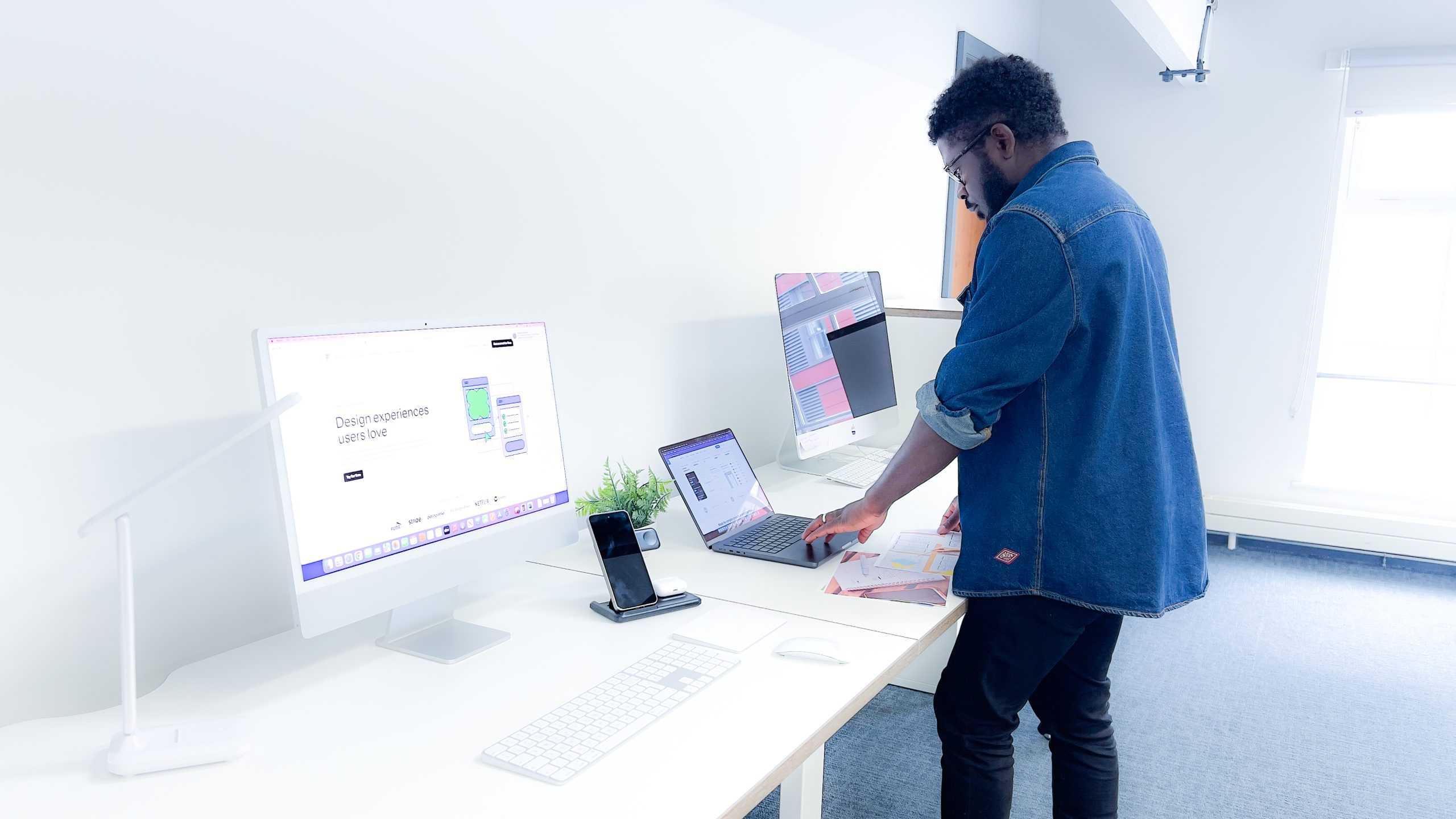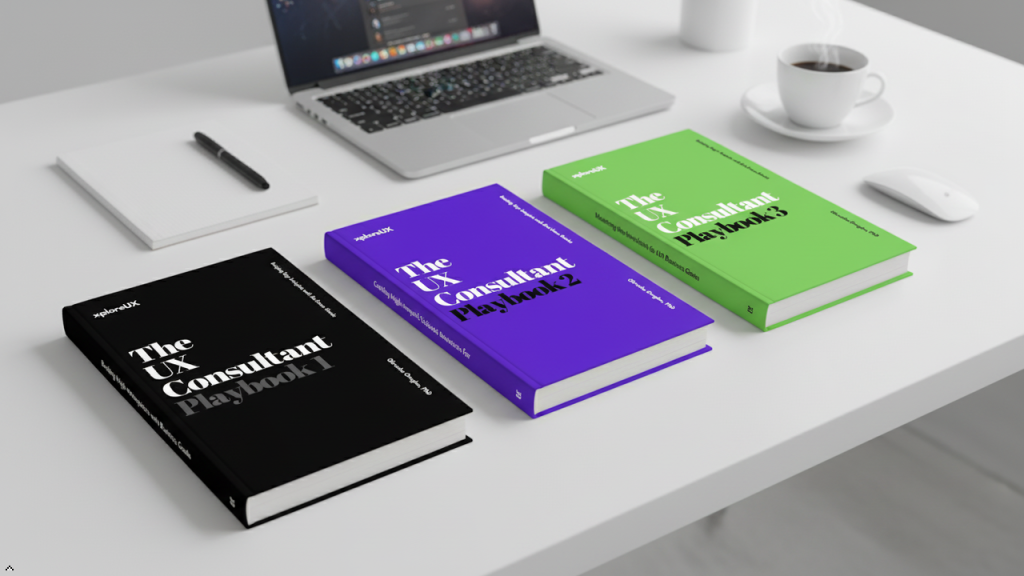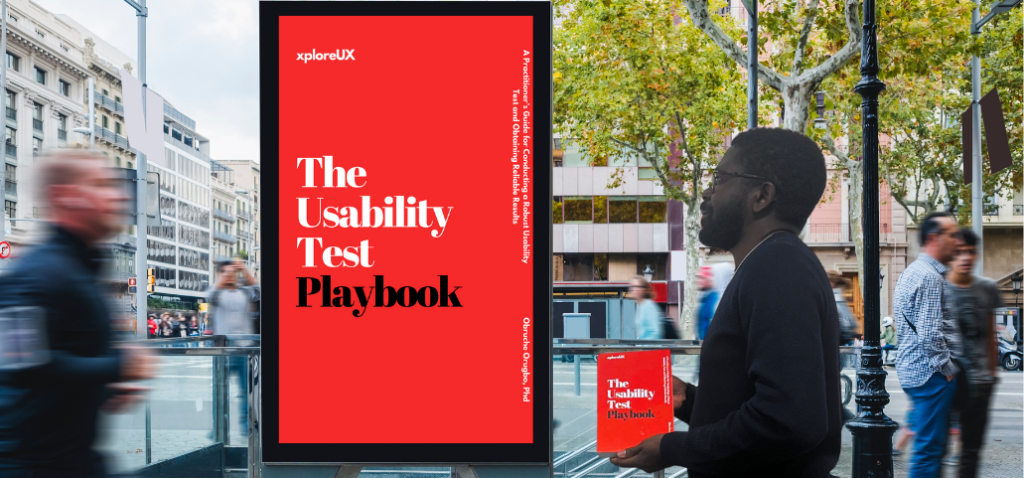
In today’s fast-paced retail environment, providing an exceptional user experience (UX) is not just a nice-to-have; it’s a critical differentiator. With consumers bombarded by choices online and in-store, businesses that prioritise UX can significantly enhance customer satisfaction, foster loyalty, and boost their bottom line. This blog explores winning UX strategies for retail businesses and showcases real-life success stories of retailers who have reaped the rewards of thoughtful UX improvements.
Understanding the Importance of UX in Retail
User experience encompasses every aspect of a customer’s interaction with a retail business, whether online or in-store. It includes the design of your website or app, the ease of navigation, the speed of service, the checkout process, and even the way products are presented. In essence, UX is about making it as easy and enjoyable as possible for customers to achieve their goals when interacting with your brand.
A great UX can lead to:
1. Higher Conversion Rates: Simplifying the user journey reduces friction, encouraging customers to complete purchases.
2. Increased Customer Loyalty: A seamless and enjoyable shopping experience fosters brand loyalty and repeat business.
3. Reduced Cart Abandonment: Addressing UX pain points in the checkout process can significantly decrease cart abandonment rates.
4. Positive Word of Mouth: Happy customers are likely to recommend your store to others, amplifying your reach.
The foundation of any successful UX strategy is a deep understanding of your customers. This involves gathering data through various means—surveys, user testing, analytics, and customer feedback—to understand their behaviors, needs, and pain points.
Success Story: Warby Parker
Warby Parker, a retailer specialising in eyewear, built its UX strategy around thorough customer research. By understanding that customers were hesitant to purchase glasses online without trying them on, the company introduced a free home try-on program. This allowed customers to choose five pairs of glasses, try them at home, and only pay for what they kept. The program not only alleviated customer concerns but also provided invaluable data on customer preferences, leading to a personalised shopping experience that has been a key driver of their success.
With a significant portion of retail traffic now coming from mobile devices, ensuring a smooth and responsive mobile experience is critical. Retailers must design mobile interfaces that are intuitive, with easy navigation, quick load times, and streamlined checkout processes.
Success Story: ASOS
ASOS, a leading online fashion retailer, saw a dramatic increase in sales after revamping its mobile app. The redesign focused on simplifying the user interface, enhancing product search functionality, and introducing a more intuitive navigation system. ASOS also integrated a one-click payment system, which significantly reduced the checkout time. These improvements resulted in a 30% increase in mobile sales and higher customer satisfaction scores.
One of the most frustrating experiences for online shoppers is difficulty in finding the products they want. Simplifying navigation and improving search functionality can drastically improve the user experience, making it easier for customers to discover and purchase products.
Success Story: Amazon
Amazon’s success is partly due to its exceptional UX, particularly in its search and recommendation systems. By using data and algorithms to personalise the shopping experience, Amazon makes it incredibly easy for customers to find products that match their preferences. The “Customers who bought this also bought” feature is a prime example of how effective UX design can drive additional sales.
The checkout process is a critical stage in the customer journey. A complicated or lengthy checkout can lead to cart abandonment. Streamlining this process—by reducing the number of steps, offering guest checkout options, and providing multiple payment methods—can significantly enhance UX.
Success Story: Walmart
Walmart implemented several UX enhancements in its online checkout process, such as integrating payment options like Apple Pay, simplifying the form fields, and introducing an express checkout for repeat customers. These improvements led to a 15% reduction in cart abandonment and an increase in completed transactions.
Personalisation is one of the most powerful tools in a retailer’s UX arsenal. By leveraging data to create a tailored shopping experience, retailers can make customers feel valued and understood, which in turn drives engagement and sales.
Success Story: Nike
Nike’s online store is a shining example of effective personalisation. The brand uses customer data to recommend products, suggest sises based on past purchases, and create personalised marketing campaigns. Nike also allows users to design their own shoes, offering a unique and personalised shopping experience that has contributed to increased customer loyalty and higher average order values.
Continuous improvement is key to maintaining a competitive edge in UX. By actively seeking and incorporating user feedback, retailers can address pain points and make iterative improvements that enhance the overall shopping experience.
Success Story: Zappos
Zappos is known for its customer-centric approach and exceptional UX. The company regularly collects and analyses customer feedback, using it to make improvements to its website and service offerings. For example, Zappos simplified its return policy and updated its website design to make navigation more intuitive based on user feedback. This commitment to listening to customers has helped Zappos build a loyal customer base and maintain its reputation as a leader in customer service.
Modern shoppers often interact with retail brands across multiple channels—online, mobile, and in-store. Ensuring a seamless experience across these channels is essential for a cohesive UX. This includes offering services like click-and-collect, in-store returns for online purchases, and consistent pricing and promotions across platforms.
Success Story: Sephora
Sephora has mastered the art of omni-channel integration, offering a seamless shopping experience across its mobile app, website, and physical stores. Customers can access their online shopping carts in-store, receive personalised product recommendations, and even use augmented reality to try on makeup virtually. This integrated approach has not only enhanced the customer experience but also driven increased engagement and sales across all channels.
In the competitive world of retail, exceptional UX is no longer optional—it’s a necessity. By understanding customer needs, optimising mobile experiences, simplifying navigation, enhancing checkout processes, leveraging personalisation, and focusing on omni-channel integration, retailers can create a winning UX strategy that drives customer satisfaction and business success.
The success stories of Warby Parker, ASOS, Amazon, Walmart, Nike, Zappos, and Sephora highlight the tangible benefits of investing in UX. These companies have shown that a commitment to understanding and improving the customer experience not only boosts sales and loyalty but also sets a brand apart in a crowded market.
As retail continues to evolve, those businesses that prioritise and continually refine their UX strategies will be best positioned to thrive in the ever-changing landscape. Whether you’re a small retailer or a global brand, the key takeaway is clear: invest in UX, and the returns will follow.




